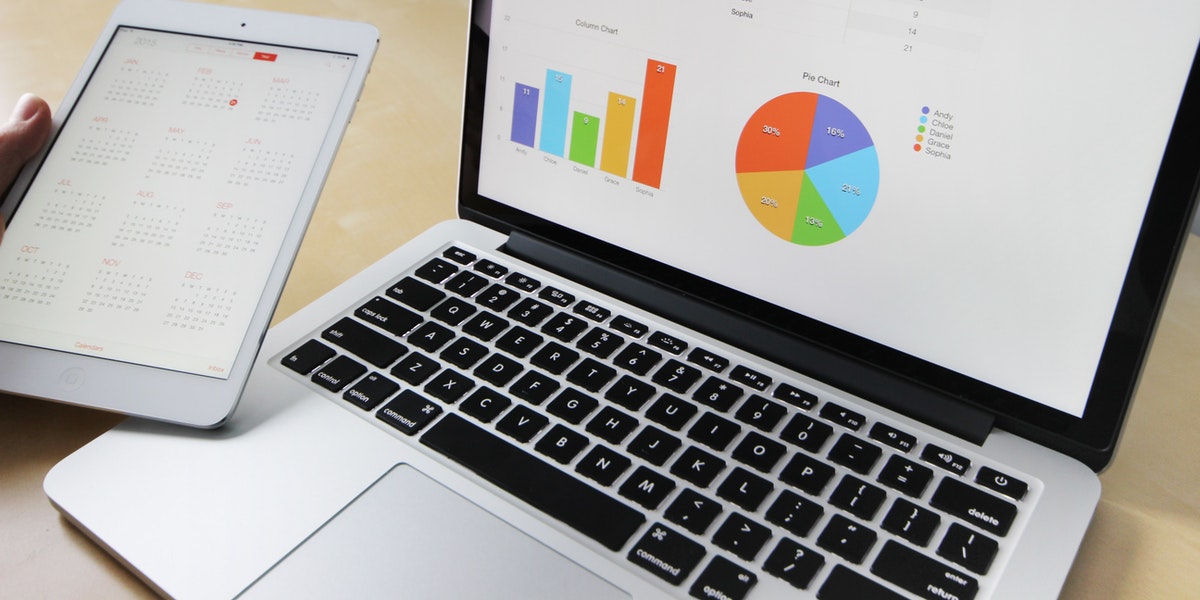
The Most Important PPC Trends in 2022
- By Christopher Oldman
- 25-02-2022
- Digital Marketing
It seems like the Search Engine Marketing (SEM) landscape will experience some changes in 2022.
In terms of Search Engine Optimization (SEO), Google will emphasize mobile devices. In fact, the search engine giant plans to set mobile-first indexing as the default for all websites.
Consequently, search engine bots will prioritize the mobile-friendly versions of websites when ranking them in the Search Engine Results Pages (SERPs) while leaving desktops versions aside.
Moreover, given that voice search has become the second most popular search engine on mobiles, marketers need to adjust their keyword strategy to stand a better chance of rising through the ranks.
More specifically, marketers need to target question-based, conversational long-tail keywords.
It’s not all about SEO, though. Pay-Per-Click (PPC) advertisers may also need to switch up their strategies slightly. That said, let’s take a look at some of the most important PPC trends in 2022.
1. Artificial Intelligence
The Artificial Intelligence (AI) industry’s market size is expected to reach a whopping $997.77 billion by 2028. That’s ten times more compared to 2021.
In other words, AI is making waves across various industries, and it looks like it’s here to stay. And that with good reason: coupled with Machine Learning (ML) and automation, AI can make significant differences in the workflow process.
It spares employees from dealing with monotonous tasks, giving them room to focus on more important duties, and reduces the risk of human error. Consequently, AI can save a lot of time and money.
The same thing goes with PPC advertising.
Marketers can use AI to predict the Click-Through Rate (CTR) of future ads, determine the likelihood of getting a specific customer to convert, generate ads based on user behavior, stop low-performing ad campaigns, and so on.
Furthermore, you can use AI to process data regarding your target audience and create more accurate buyer personas. Consequently, you’ll be able to create highly personalized PPC campaigns, improving the chances of generating more conversions.
To put it differently, AI helps marketers make accurate, data-driven decisions and improve productivity.
2. User Privacy
Did you notice that it’s now easier to refuse cookies when browsing the web?
Before, if you wanted websites not to track you, you needed to go through countless options and turn off each one individually, which took a frustrating amount of time.
It almost seemed like this process was difficult on purpose, so it would discourage users from disabling cookies and handing over their data instead.
But now, you can simply press on the “Reject All” button, and you’re done.
With the iOS 14 update, apps now require the users’ permission to track their data, while Google plans to do the same with Android devices.
Furthermore, Google will most likely block third-party cookies on Chrome altogether by 2023 to comply with the European General Data Protection Regulation (GDPR) laws.
In short, third-party cookies are cookies set by a website other than the one you’re currently browsing. For instance, if you’re browsing a website and press the “Like” button on a post, a cookie will be saved on your computer.
Later, Facebook can access that cookie to identify you and see what websites you browsed in the past. Consequently, they’ll be able to send you targeted advertisements relevant to your browsing history.
These changes tell us one thing: User privacy has become all the more important. Although that’s great news, the changes make it more difficult for marketing to gather data and create effective ad campaigns.
3. First-Party Data
Getting past these data restrictions is not impossible, though. The top website development consultants say that first-party data is the way to go.
This information is gathered from your audience directly, with its consent, through app or website analytics.
This type of data allows you to see the names and email addresses of people who filled out a contact form or made a purchase on your website.
Furthermore, first-party data allows you to study user behavior by giving you information regarding what web pages users visit on your website, how much time they spend on the said pages, what areas of a web page attract the most attention, etc.
But how can you use first-party data to improve advertising campaigns?
It can help you determine user intent. Suppose you’ve written an e-book about how to improve conversion rates. To access that ebook, users need to create an account on your website.
Using the first-party data you’ve collected, you can determine that some of your visitors are interested in optimizing their conversion rates. Thus, you’ll be able to create and send out relevant ads more efficiently.
4. Conversion Rate Optimization
Speaking of optimizing conversion rates, CRO is crucial for turning visitors into customers.
After all, no matter how good your advertisements may be, users will probably not stay around if your website has poor performance or if the landing pages have nothing to do with the ads themselves.
The first step in optimizing your conversion rates is to make sure that your website is mobile-friendly. Mobile devices account for 54.8% of all web traffic.
What’s more, 53% of all mobile visitors will abandon a web page if it doesn’t load within the first three seconds. And as we mentioned earlier, mobile-friendliness is a key factor in ranking your website within the SERP.
In other words, having a mobile-friendly website is a must. Google offers a testing tool that will allow you to see whether your site is up to standards.
Furthermore, include social proof throughout your website, like testimonials or reviews. 84% of shoppers trust online reviews just as much as personal recommendations.
That said, no matter how well you advertise your product or service, people will likely not make a purchase if you don’t have anything to back up your statements with.
Other CRO tactics include ensuring that your landing page corresponds with the advertisement and creating bold and clear call-to-action buttons.
Lastly, keep in mind that CRO isn’t a one-and-done process. You’ll need to experiment with new tweaks to maximize your efforts continuously.
5. Responsive Search Ads
On August 31st, 2021, Google announced that by June 30th, 2022, Expanded Texts Ads (ETAs) would be replaced by Responsive Search Ads (RSAs).
Although you’ll still be able to run existing ETA campaigns, RSAs will be the only ad type you can edit or create in standard search campaigns.
In other words, if you haven’t thought about switching to RSAs, now’s the time to do so.
In contrast to ETAs, RSAs allow you to create advertisements that automatically adapt their format to maximize efficiency.
With RSAs, you’ll be able to write up to fifteen 30-character headlines and four 90-character descriptions for each advertisement.
Google will automatically test different combinations between headlines and descriptions to find the most effective ad format.
Consequently, this ad type helps marketers manage their accounts more easily and save time that they would have otherwise spent on testing and coming up with new ad variants.
6. Smart Bidding
Smart Bidding is another system designed to help you save time and improve your ad campaigns’ performance. This system uses machine learning to optimize your ads’ performance based on specific goals.
More precisely, Smart Bidding can adjust your bids based on the following strategies:
- Maximize clicks
- Target impression share
- Target CPA
- Target ROAS
- Maximize conversions
- Maximize conversion value
Let’s discuss this in further detail.
If you set Smart Bidding to maximize clicks, your ad campaign will be set up to generate as many clicks as possible within a set budget.
This bidding option is available as a standard strategy for multiple campaigns or a single campaign.
Target impression share will set bids to display your ad on a desired position within the search results page. Note that this option is available only on the Search Network.
With Target CPA, your campaign will be designed to generate an optimal number of leads without exceeding your desired cost-per-action.
Target ROAS will set up your ads to get as much conversion value as possible based on the target return on ad spend you set.
Maximize conversions will set your bidding strategy to bring the largest number of conversions possible using the ad budget you’re willing to allocate and the maximum daily budget.
The final option will prioritize conversion value over the number of conversions your ads should get.
This method will automatically find a cost-per-click that will strike a balance between your budget and potential conversion value.
Final Words
All in all, PPC marketing will likely experience some noticeable changes in 2022.
Given that user privacy is becoming more important and that third-party cookies will slowly become a thing of the past, gathering the necessary data will become more difficult than usual. Consequently, marketers will be pushed to rely on first-party data.
That said, make sure to invest, strategize, and test multiple first-party data sources.
Furthermore, it seems that AI and ML will play a key role in PPC. With Responsive Search Ads and the Smart Bidding system, marketers will be able to make the most out of their PPC strategies without putting in the extra time and effort.
Conversion rate optimization is also crucial for getting your money’s worth in terms of making the most out of your PPC strategies.
Recent blog

Harnessing Social Media: Tactics For Powerful Marketing Success Achievement
Social Media | 25-07-2024
7 Hidden Secrets of MSI Laptop Boot Menu Key
Technology | 24-07-2024




